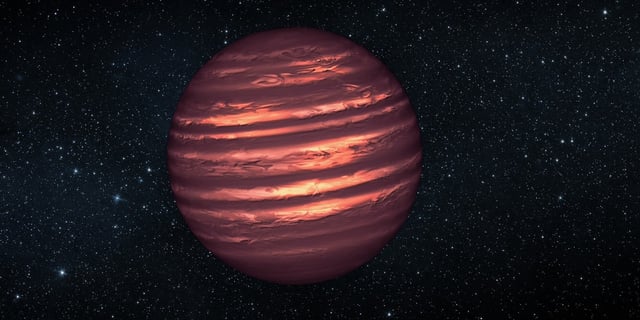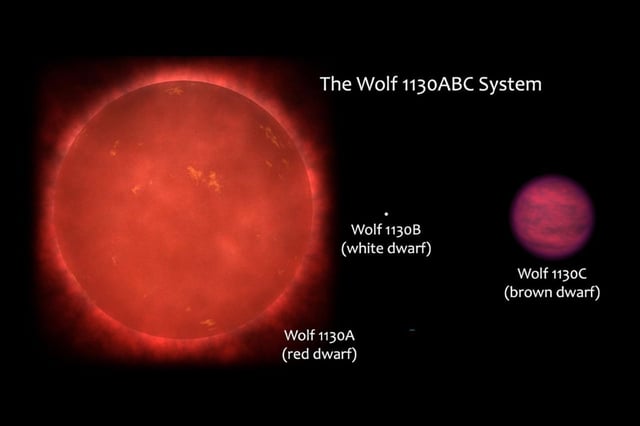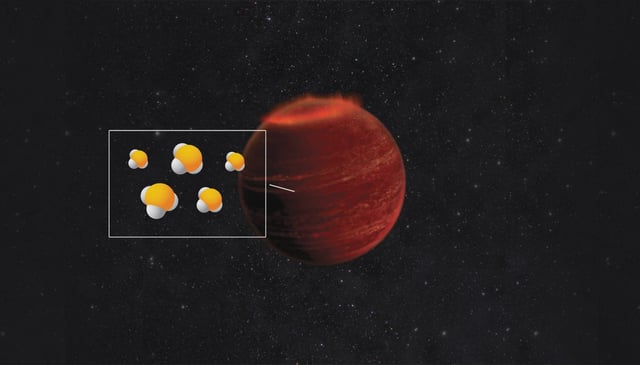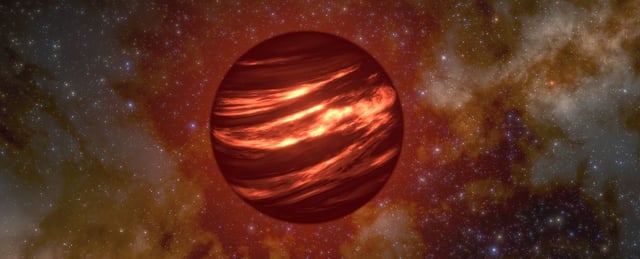Overview
- The Science study reports multiple PH3 absorption lines in Wolf 1130C, with an abundance of 0.100 ± 0.009 ppm (about 100 ppb).
- This is the first clear detection of phosphine in a brown dwarf at levels long predicted by theory, comparable to Jupiter and Saturn.
- Most other brown dwarfs and many giant exoplanets have shown far lower PH3 than expected or none at all, underscoring gaps in phosphorus chemistry models.
- JWST’s NIRSpec data showed an obvious phosphine feature, and model fits favor strong vertical mixing in a low‑metallicity atmosphere.
- Authors propose testable explanations such as altered chemistry from low oxygen availability or phosphorus enrichment from a white dwarf companion, and they caution against using PH3 as a standalone biosignature.



